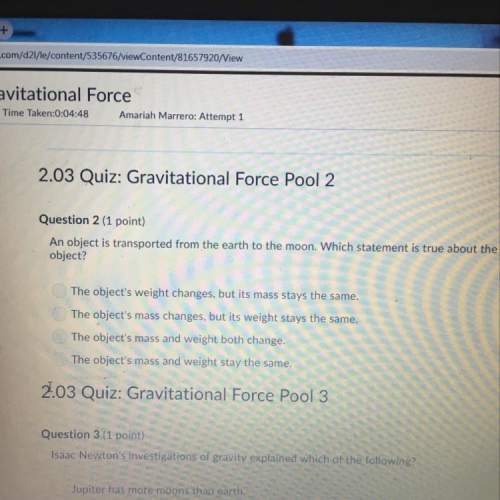
Chemistry, 24.10.2019 08:43 Samuelgamboe
Lach problem
1. consider the following reaction: 2al + 6hbr → 2albr3 + 3h2
a. when 4.63 moles of al reacts with 7.82 moles of hbr, how many moles of h2 are formed?
b. what is the limiting reactant?
2. consider the following reaction: 3si + 2n2 → si3n4
a. when 16.35 moles of si reacts with 11.26 moles of n2, how many moles of si3n4 are formed?
b. what is the limiting reactant?
3. consider the following reaction: 2cucl2 + 4ki → 2cui + 4kcl + i2
a. when 8.23 moles of cucl2 reacts with 9.45 moles of ki, how many moles of i2 are formed?
b. what is the limiting reactant?
4. consider the following reaction: 4fes2 + 11o2 → 2 fe2o3 + 8so2
a. when 38.75 moles of fes2 reacts with 12.62 moles of o2, how many moles of so2 are formed?
b. what is the limiting reactant?
5. consider the following reaction: 4nh3 + 5o2 4no + 6h2o
a. when 13.24 moles of nh3 reacts with 18.68 moles of o2, how many moles of no are formed?
b. what is the limiting reactant?
6. consider the following reaction: 2c2h6 + 7o2 6h2o + 4co2
a. when 3.13 moles of c2h6 reacts with 8.25 moles of o2, how many moles of co2 are formed?
b. what is the limiting reactant?
7. consider the following reaction: 2as + 6naoh 2na3aso3 + 3h2
a. when 5.82 moles of as reacts with 14.17 moles of naoh, how many moles of h2 are formed?
b. what is the limiting reactant?
8. consider the following reaction: au2s3 + 3h2 2au + 3h2s
a. when 6.25 moles of au2s3 reacts with 8.45 moles of h2, how many moles of au are formed?
b. what is the limiting reactant?
9. consider the following reaction: 4h2o + 7co2 c7h8 + 9o2
a. when 22.65 moles of h2o reacts with 48.92 moles of co2, how many moles of c7h8 are formed?
b. what is the limiting reactant?
10. consider the following reaction: 4fe + 3o2 2fe2o3
a. when 15.81 moles of fe reacts with 16.93 moles of o2, how many moles of fe2o3 are formed?
b. what is the limiting reactant?

Answers: 3
Another question on Chemistry

Chemistry, 21.06.2019 22:00
The graph above shows how the price of cell phones varies with the demand quantity. the equilibrium price for cell phones is where both supply and demand quantities equal $100, 5,000 5,000, $100
Answers: 2

Chemistry, 22.06.2019 00:30
Which best describes why nh4+ can form an ionic bond with ci-?
Answers: 1

Chemistry, 22.06.2019 07:30
What three things determine the shape and size of a puddle when water is poured out onto a surface
Answers: 2

Chemistry, 22.06.2019 12:30
How many grams of magnesium metal will react completely with 8.3 liters of 5.5m hcl? show all work
Answers: 1
You know the right answer?
Lach problem
1. consider the following reaction: 2al + 6hbr → 2albr3 + 3h2
a. when 4.63...
1. consider the following reaction: 2al + 6hbr → 2albr3 + 3h2
a. when 4.63...
Questions







Biology, 25.02.2020 02:31




Computers and Technology, 25.02.2020 02:31












